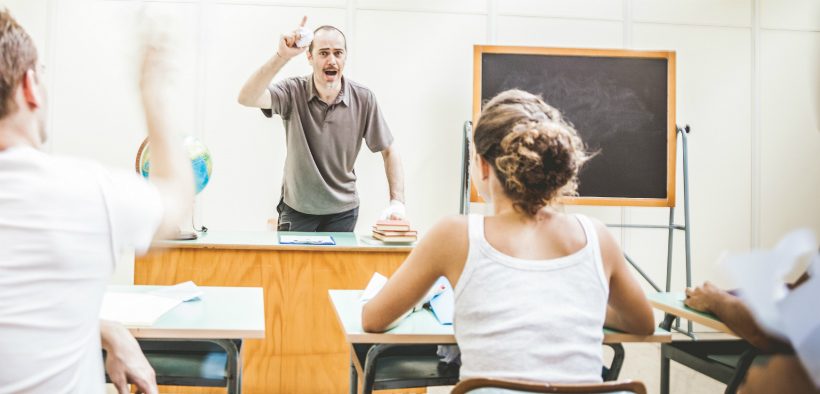As educators, we’re charged with fostering a classroom environment that is conducive to learning; however, students’ maladaptive behaviors, known as classroom incivility, can impact learning. Student behaviors that impede learning range from not paying attention to threatening violence. Faculty can also contribute to toxic learning atmospheres through such behaviors as ignoring difficult classroom situations, showing favoritism, and making poor pedagogical choices. Thus, relational problems between educators and students often contribute to classroom incivilities. Group stage theory addresses relational issues by explaining how behaviors develop and change over time. Corey et al. (2018) proposed that groups go through forming, initial, transition, working, and final stages. Using these stages as a framework, we outline measures to prevent and mitigate maladaptive classroom behaviors.
Using Group Development to Mitigate Classroom Incivility

Related Articles
I have two loves: teaching and learning. Although I love them for different reasons, I’ve been passionate about...
Active learning is a mostly meaningless educational buzzword. It’s a feel-good, intuitively popular term that indicates concern for...
Perhaps the earliest introduction a student has with a course is the syllabus as it’s generally the first...
Generative AI allows instructors to create interactive, self-directed review activities for their courses. The beauty of these activities...
I’ve often felt that a teacher’s life is suspended, Janus-like, between past experiences and future hopes; it’s only...
I teach first-year writing at a small liberal arts college, and on the first day of class, I...
Proponents of rubrics champion them as a means of ensuring consistency in grading, not only between students within...







